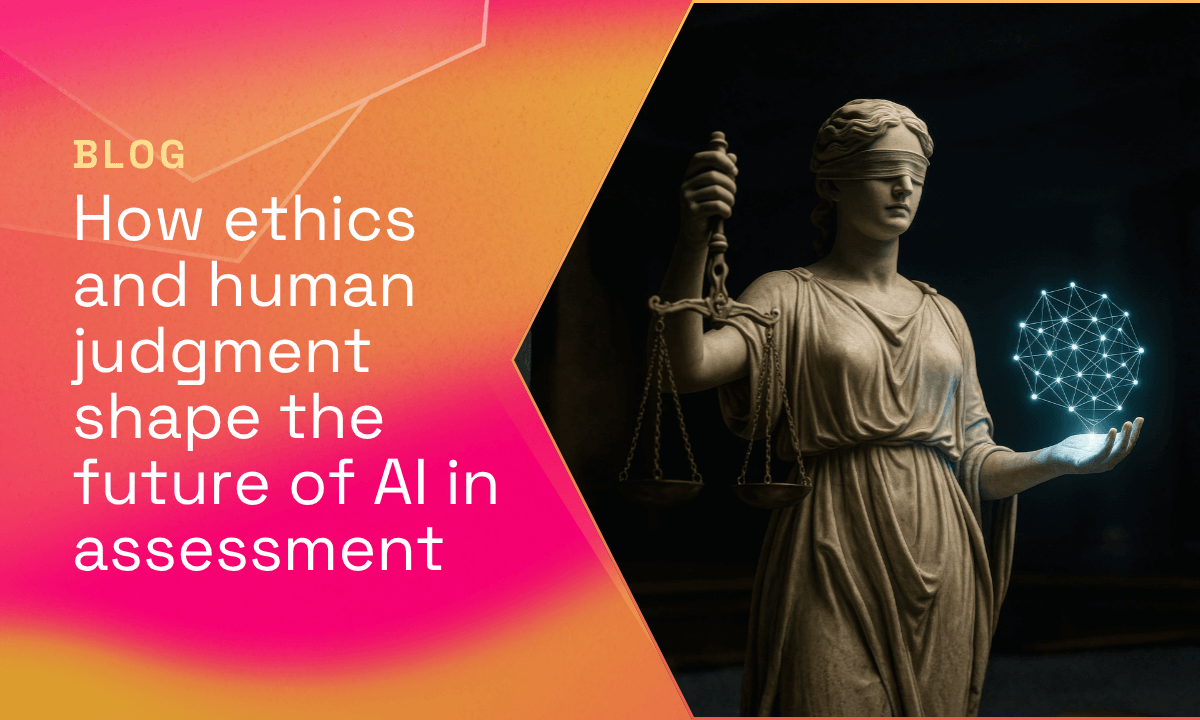The self-awareness fix for leadership development problems
Although leadership development is a multibillion dollar industry, the average performance of leaders is rather poor. Most employees dislike and distrust their bosses and are therefore disengaged, open to other job offers, and considering self-employment. Moreover, 38 to 50% of CEOs, for whom investment in leadership development is largest, will fail within the first 18 months, while the failure rate of high-potential (HiPo) programs is even higher. Most shocking of all, as a seminal academic review by Rob Kaiser and Gordon Curphy illustrated a few years ago, there is a negative correlation between the amount of money spent on leadership development programs and the level of confidence and trust people have in their leaders, suggesting that the typical solution to our leadership problems is not just not working, but actually making the problem worse.
Of course, some organizations are doing things right, which is why they are winning the war for talent. They are better able to attract, select, develop, and engage individuals who are capable of building and maintaining high-performing teams. They do this by relying less on intuitive talent management practices, and more on evidence-based approaches. While the recent surge of predictive analytics may help make the average HR intervention more data-driven, a deeper understanding of leaders is needed to develop their full potential. Within Industrial-Organizational Psychology, the applied science of personality offers a well-established paradigm, body of evidence, and range of tools for improving the quality of our leaders. Here’s why:
- Prevention is the best cure: If you select the right leaders, you will not have to spend as much on leadership development interventions. Scientifically sound personality assessments predict leadership better than any alternative, accounting for almost 50% of the variance in leadership emergence and effectiveness, and significantly more if you include dark side personality traits and intelligence. In fact, around 25% of the variability in firm performance can be attributed to measurable personal qualities associated with the CEO. There is, in fact, no better way to predict firm performance within a particular industry. That is not to say that leaders should not be developed. Even when you hire people with the right potential, properly designed leadership programs will make them even better. However, if leaders were appropriately selected organizations would not have to spend four times as much on development as they do on selection, with dismal results.
- Personality predicts coachability: Clearly, leadership development programs differ greatly in their quality, and the world of executive coaching is so heterogeneous that it has been famously described as the Wild West. Equally large, though, is the degree of variability in individuals’ coachability, or how well they respond to leadership development interventions. In other words, different people will respond quite differently to the same development program, and some individuals will be more develop-able than others. To be more specific, higher curiosity, ambition, interpersonal sensitivity, and openness to experience; as well as lower narcissism, volatility, and impulsivity, are all associated with better development outcomes. Leaders with these characteristics care more about how other people see them, are more open to negative feedback, and are better able to develop self-awareness and manage their reputation. We tend to think of development and coaching as situational or contextual factors but it is impossible to ignore individual differences in the recipient of such interventions, and personality captures these differences in a reliable way. One of the big ironies of coaching and development interventions is that those who need them the least, benefit most. Likewise, leaders who really need these interventions are often uncoachable…
- There is no development without self-awareness: It is hard to think of any effective leadership development intervention that does not boost self-awareness, defined as the leader’s ability to understand how other people see her. This is why 360-degree feedback are a pivotal tool in leadership development programs, as they offer the most direct and accurate snapshot of a leader’s work reputation. However, while 360s describe performance, personality-based feedback can complement 360s with a thorough picture of leaders’ potential, in the sense of capturing their default habits, preferred tendencies, and natural strengths and weaknesses. This point is counter-intuitive because personality is hard to change. However, it will be hard to change your behaviors unless you are aware of your personality. In that sense, the goal of any coaching and development intervention is to invalidate the results of a personality assessment. When people are effectively coached (or self-coached), they learn how to go against their nature. When they don’t, they become exaggerated versions of their earlier selves. This is why the more people change, the more they become like themselves (unless they can be coached effectively to act like a better version of themselves).
- Personality predicts derailment: From Sepp Blatter to Dominique Strauss-Kahn and Tony Blair, there is no shortage of qualified and competent leaders who derail. There are only two ways to prevent this. The first is to avoid promoting people with a prominent dark side into leadership roles; the second is to help leaders to tame their dark side tendencies. Neither can be attained without a comprehensive personality profile of the leader. Organizations that fail to do this, or focus only on strengths, will end up with a higher proportion of inept, toxic, and dangerous leaders. As a matter of fact, it is not uncommon for leaders to derail because they overuse their strengths.
- Talent is personality in the right place: All talent acquisition efforts share the same single goal, which is to enhance person-job fit. Although most of the key determinants of leadership effectiveness are universal (e.g., good judgment, expertise, people-skills, integrity, curiosity, and coachability), leadership performance is partly contextual. For example, leaders will perform better if their values are congruent with the mission and culture of their organizations, if their style is suitable for their teams and organizations, and if there is their experience, decision-making style, and competencies are a good match for their role. In short, talent is personality in the right place. Once you know a leader’s personality, the only thing left to do is to understand the environment in which she will operate.
In sum, most leadership development interventions will improve if organizations and coaches can gain a better understanding of their leaders, and particularly those candidates they are considering for leadership position. Selection can prevent most development problems, because development interventions should be focused on individuals most likely to benefit from them. The much underutilized science of personality provides reliable and predictive tools for de-risking organizations’ leadership choices and upgrading their leadership talent. There is no excuse for playing it by ear.
Originally appeared in Forbes.




























